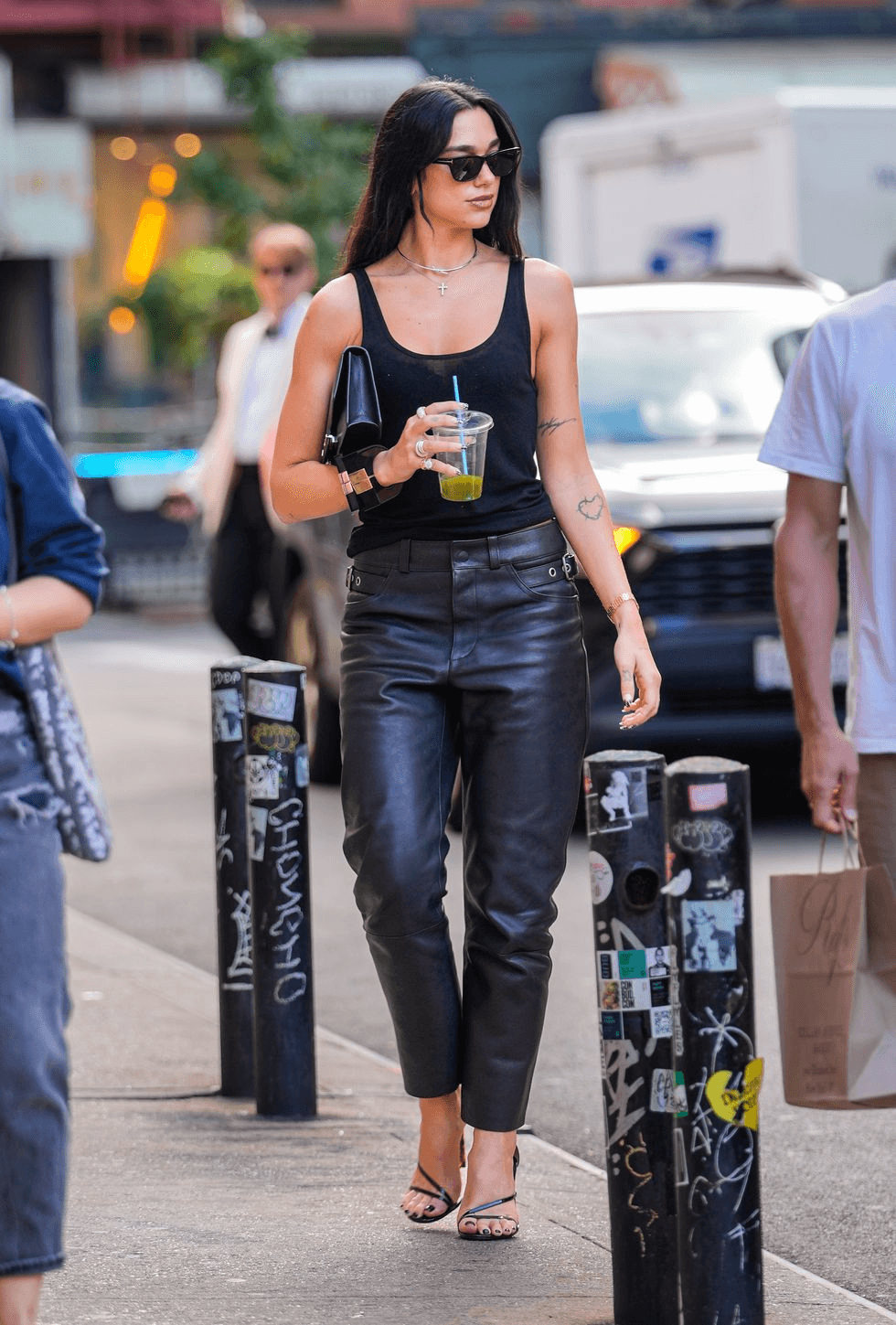
Statement Piece Steals the NYC Show
During her Radical Optimism Tour, Dua Lipa stepped out in New York with an eye-catching chunky Art Deco cuff from Tom Ford. The bold plexiglass and brass bracelet, with spring closure, paired with leather biker pants and semi-sheer silk tank, elevated an otherwise monochrome look. Her accessory game is strong—stacked birdcage bangles, Tiffany & Co necklaces, and vintage cuffs fill her rotation.
Fashion vs Values: Is Jewelry Just Decoration or Identity?
The cuff is edgy, visible, and marketable—but in a time when consumers increasingly demand ethical jewelry, full transparency matters. Materials, craftsmanship, supply chain—all under scrutiny. Does luxe street style still suffice when lab-grown diamonds and sustainable gemstones are rising as expectations?

Design, Material & Sustainability Questioned
Tom Ford’s cuff uses plexiglass and brass—non-precious, visually dramatic materials that lean more fashion-statement than fine jewelry. But what about longevity and ethical sourcing? Will consumers accept non-precious metals or plastic if the design fascinates, or will they prefer recycled metals and verified gemstones?
Trend or Token?
Visible accessories are important: they express personality, culture, style. But ethical jewelry standards are rising. Brands that rely purely on design risk criticism unless their materials reflect their values. Will Dua Lipa’s cuff be remembered as fashion boldness or as the kind of token style we look back on as “flash without sustainability”?
